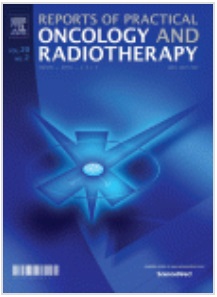Silk has been used for centuries in the textile industry and as
surgical sutures. In addition to its unique mechanical properties, silk possesses other properties, such as
biocompatibility, biodegradability and ability to self-assemble, which make it an interesting material for biomedical applications. Although silk forms only fibers in nature, synthetic techniques can be used to control the processing of silk into different morphologies, such as scaffolds, films, hydrogels, microcapsules, and micro- and nanospheres. Moreover, the biotechnological production of silk proteins broadens the potential applications of silk. Synthetic silk genes have been designed.
Genetic engineering enables modification of silk properties or the construction of a hybrid silk. Bioengineered hybrid silks consist of a silk sequence that self-assembles into the desired morphological structure and the sequence of a polypeptide that confers a function to the silk biomaterial. The functional domains can comprise
binding sites for receptors, enzymes, drugs, metals or sugars, among others. Here, we review the current status of potential applications of silk biomaterials in the field of oncology with a focus on the generation of implantable, injectable and targeted drug delivery systems and the three-dimensional cancer models based on silk scaffolds for cancer research. However, the systems described could be applied in many biomedical fields.

